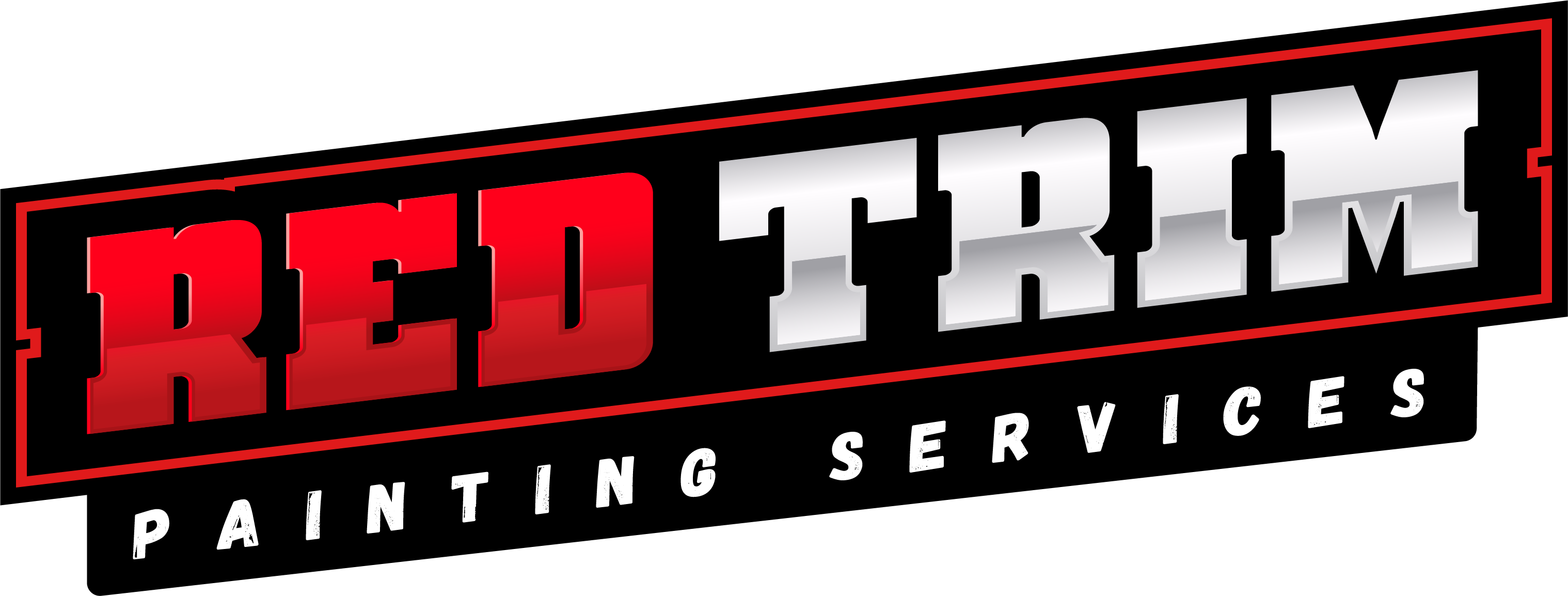Maintaining a commercial property involves many tasks and responsibilities to ensure the building remains functional, attractive, and valuable over time. Among these tasks, regular exterior painting is a critical aspect of building maintenance. Often underestimated or overlooked, the significance of commercial exterior painting extends far beyond mere aesthetics. It encompasses protection, preservation, and financial implications, making it an essential element of comprehensive building upkeep.
Protection from the Elements
One of the primary reasons for regular exterior painting is protection. Commercial buildings are continuously exposed to various environmental elements, including sunlight, rain, wind, snow, and pollution. According to our friends at AllPro Painters, over time, these elements can cause significant damage to the building’s exterior surfaces.
- Sunlight and UV Radiation: Prolonged exposure to sunlight can cause paint to fade and break down. Ultraviolet (UV) rays degrade the paint’s integrity, leading to peeling, cracking, and color loss. Regular repainting helps maintain a protective layer that shields the underlying materials from UV damage.
- Moisture and Rain: Water infiltration is a major concern for commercial buildings. Moisture can seep into cracks and crevices, leading to mold growth, wood rot, and deterioration of building materials. High-quality, well-applied exterior paint acts as a barrier against moisture, reducing the risk of water damage.
- Wind and Debris: Wind can carry debris that may scratch or damage the exterior surface of a building. Paint provides a protective coating that can help minimize the impact of these abrasive particles.
Preservation of Building Materials
The exterior paint of a commercial building is not merely a cosmetic enhancement but serves as a protective shield for the underlying materials. Over time, paint acts as a barrier between the building’s structural components and the elements.
- Wood Protection: For buildings with wooden surfaces, regular painting is crucial to prevent rot, warping, and insect infestations. Paint seals the wood, protecting it from moisture and pests.
- Metal Protection: Metals, such as steel and aluminum, are prone to rust and corrosion when exposed to the elements. Regular painting with appropriate primers and coatings helps prevent rust formation and extends the lifespan of metal components.
- Concrete and Masonry: Concrete and masonry surfaces can suffer from surface erosion, staining, and degradation. Exterior paint provides an additional layer of protection that helps maintain the structural integrity of these materials.
Enhancement of Curb Appeal
First impressions matter, especially for commercial properties. The exterior appearance of a building plays a crucial role in attracting customers, clients, and tenants. Regular painting ensures that the building remains visually appealing and professional.
- Brand Image: For businesses, the exterior paint often reflects the brand’s identity and values. Consistent and well-maintained painting helps reinforce a positive image and demonstrates attention to detail.
- Property Value: A well-maintained building can enhance property value. Regular painting not only keeps the building looking fresh but also signals that the property is cared for, which can positively impact its market value.
Prevention of Costly Repairs
Neglecting exterior painting can lead to a range of problems that require expensive repairs. Regular maintenance through painting can help identify and address issues before they become major concerns.
- Early Detection: During the painting process, maintenance professionals often inspect the building’s exterior for signs of damage, such as cracks, peeling paint, or mildew growth. Identifying these issues early allows for timely repairs, preventing more extensive and costly damage.
- Cost Savings: Preventing damage through regular painting can be more cost-effective than dealing with significant repairs. By investing in periodic painting, property owners can avoid the financial burden of extensive restoration projects.
Compliance and Safety
In some regions, building codes and regulations require regular maintenance of commercial properties to ensure safety and compliance.
- Regulatory Requirements: Certain jurisdictions may have specific requirements for the maintenance and appearance of commercial buildings. Regular painting can help ensure compliance with these regulations, avoiding potential fines or penalties.
- Safety Considerations: Properly maintained paint can help ensure that safety features, such as fire-resistant coatings, are intact and functioning correctly. This is particularly important for buildings with specialized coatings designed to enhance safety.
Longevity of Paint
The longevity of exterior paint is influenced by various factors, including the quality of the paint, the preparation of surfaces, and the application process. Regular painting helps extend the lifespan of the paint job, ensuring it remains effective for a longer period.
- High-Quality Materials: Investing in high-quality paints and coatings can enhance durability and performance. Regular maintenance ensures that the paint remains effective and continues to provide protection.
- Proper Application: Professional painting services ensure that paint is applied correctly, with appropriate primers and techniques. This attention to detail contributes to the longevity and effectiveness of the paint job.
Environmental Impact
Sustainable practices are becoming increasingly important in building maintenance. Regular painting can contribute to environmentally friendly practices by improving the energy efficiency of the building.
- Energy Efficiency: Reflective and light-colored paints can help reduce heat absorption, leading to lower cooling costs for the building. This can contribute to energy savings and reduce the building’s overall environmental footprint.
- Sustainable Products: Many modern paints are designed to be eco-friendly, with low levels of volatile organic compounds (VOCs). Using these products during regular painting can support sustainable building practices.
Conclusion
Regular commercial exterior painting is a crucial component of building maintenance, offering numerous benefits that extend beyond aesthetics. From protecting against environmental damage and preserving building materials to enhancing curb appeal and preventing costly repairs, the importance of regular painting cannot be overstated. Investing in consistent and high-quality exterior painting not only ensures the longevity and functionality of the building but also contributes to its overall value and appeal. For commercial property owners and managers, making exterior painting a priority is a wise decision that pays dividends in the long run




